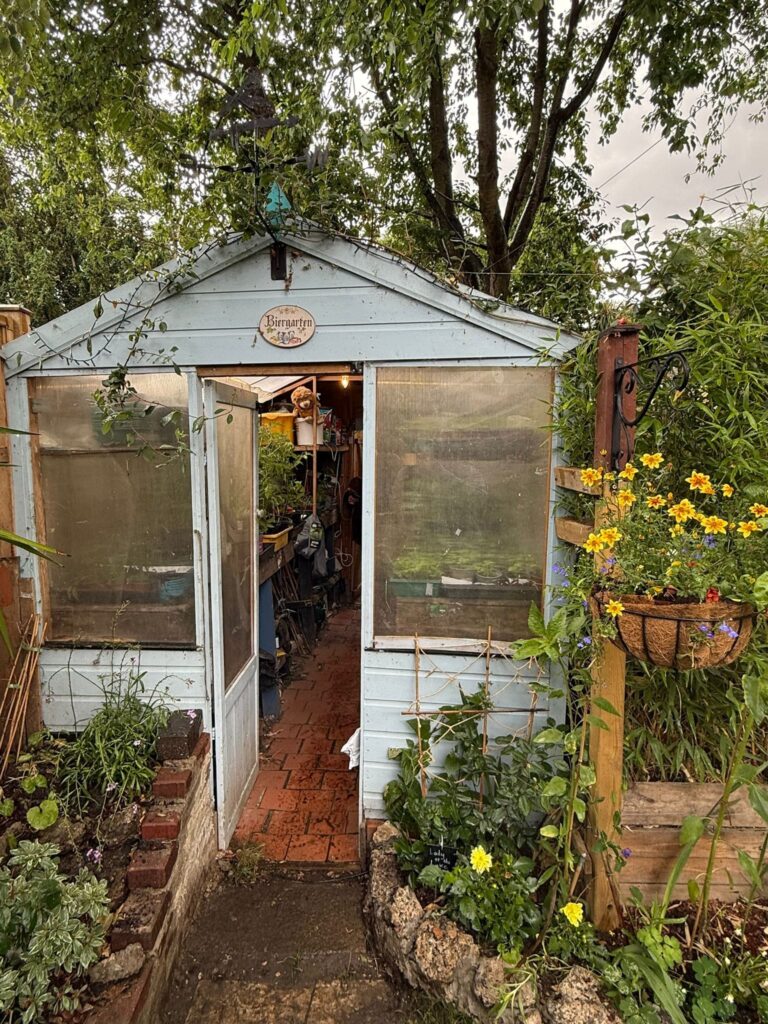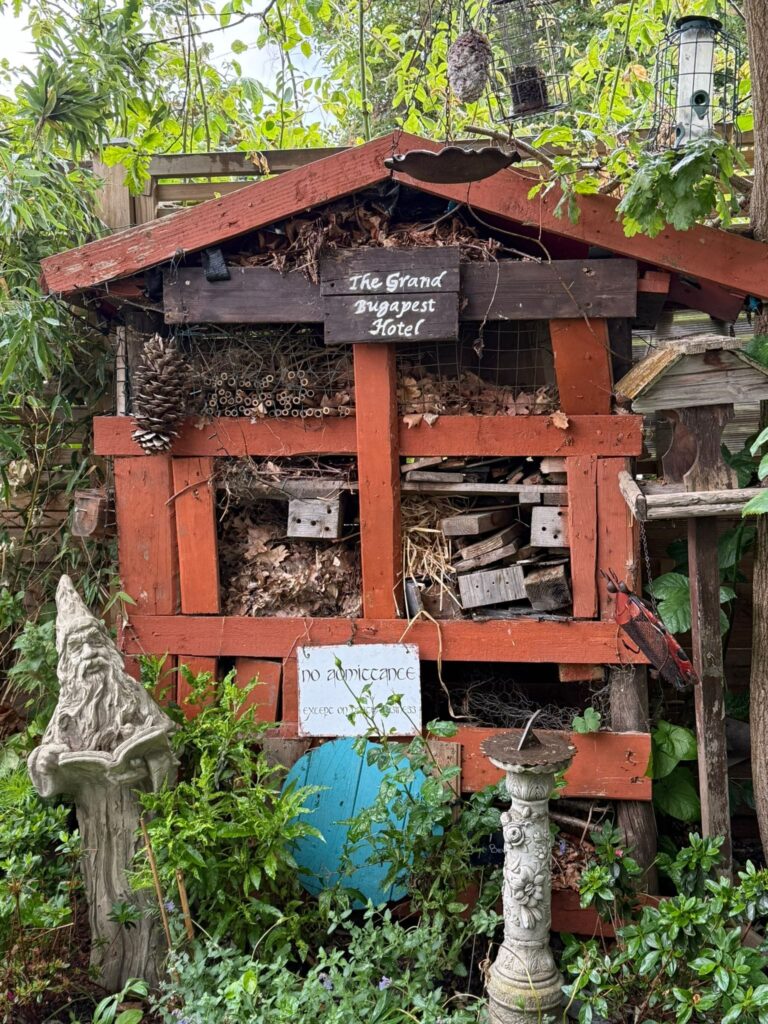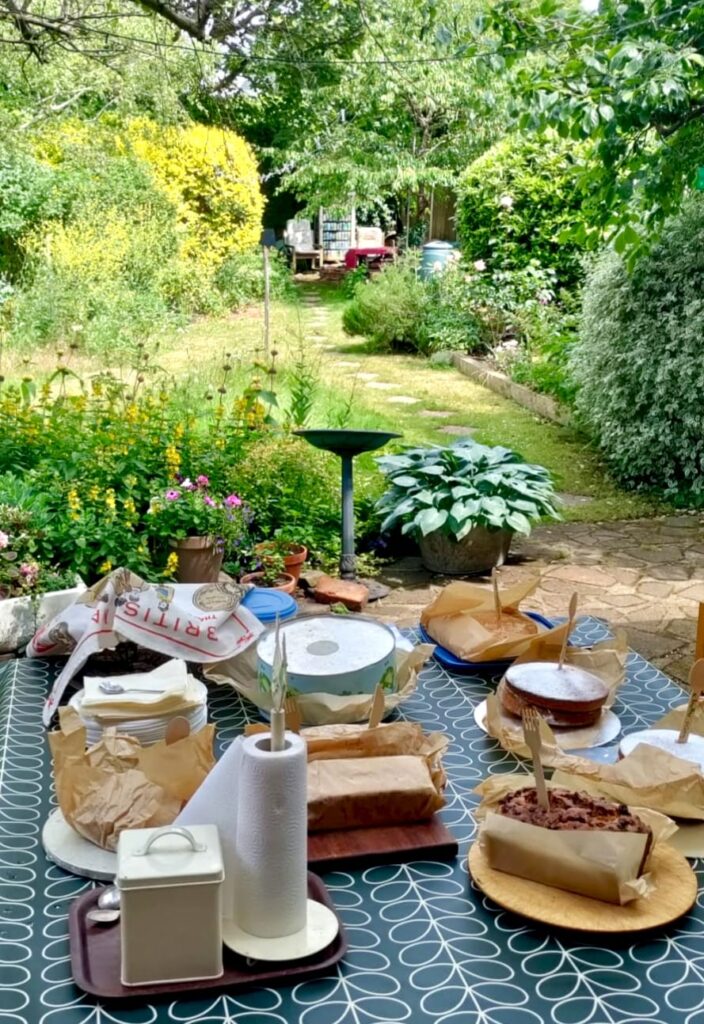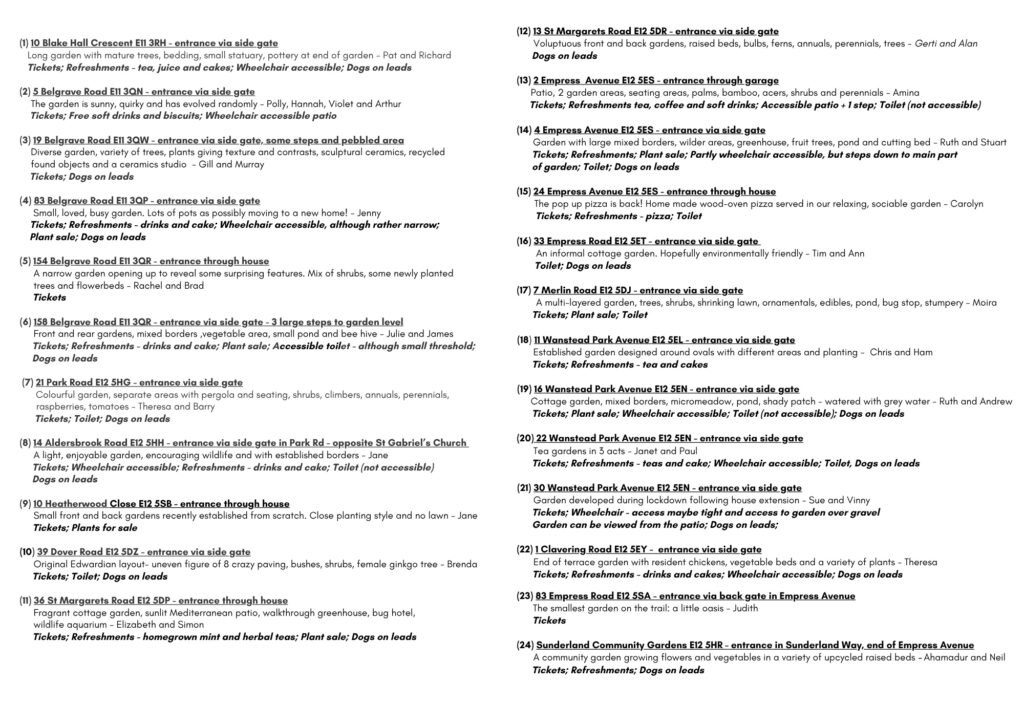In a week time it will be July. Midsummer weather will bring plenty more sunshine with long sunny days and balmy evenings. July is a month of plenty in the garden: plenty summer bloom, plenty to grow and harvest and plenty more to do !
Flowers
During July, some late spring and early summer flowering plants start to look a little bit rough around the edges with fading flowers and flopping stems. This month is all about tidying and revamping your pots and borders, especially after the very dry and hot weather we had over the last 2 months. Weekly deadheading and feeding will help to maintain healthy growth and encourage more flowers. Also cutting certain perennials back in early July, will reward you with fresh new growth and maybe a second flush of late flowers.
- Cut lavender for drying
A great way to keep shrubs neat and compact. Choosing flowers just as they mature, when they are the most fragrant. The best time is late morning – after the dew has dried but before the sun draws out the essential oil. Hang bunches upside down in a well-ventilated, warm dark spot.
- Care for sweet peas
- Pick often
- Water regularly: they are thirsty plants so check the soil at the base to see if they need water.
- Feed regularly: every 10-14 days with tomato fertiliser, seaweed or homemade liquid comfrey.
- Provide extra support for dahlias
Heavy rain and gusty winds can be disastrous for dahlias. Add extra support and stakes if summer storms and strong winds are forecasted. Place bamboo canes around the plants with twine around them to hold them in place.
- Prune and tidy summer shrubs
July is the time to prune back early-flowering shrubs, wisteria, philadelphus, weigela. It will allow next year’s flowering wood to develop.
- Harvest cut flowers
Early mornings or evenings are the best time when the stems are full of water and less likely to wilt.
- Collect and store seeds
From ripe seed-heads from aquilegias, nigellas, poppies. Ensure that your seeds are dry before storing them in paper envelopes in a dark, cool and dry location.
- Begin sowing next year’s flowers
Make a head start by sowing pots and trays of early-flowering perennials and biennials. This will give them time to germinate and become substantial plants before winter. Try aquilegia, scabiosa, echinacea, delphinium, lupin, sweet williams, foxgloves. Transplant the seedlings when large enough to handle, avoiding hot weather and opting for cooler days or early morning/late afternoon hours.
Fruit and veg
- Water thirsty plants such as celery, beans, peas courgettes, pumpkins and tomatoes regularly during dry weather. Water only in the early morning or evening to reduce evaporation.
- Make the last pickings of rhubarb and and leave the stems in place; this will allow the plant to build up reserves for next year. Remove any flower spikes that start to form, cutting right down at the base.
- Thin out heavy crops of apples, pears and plums by removing malformed, damaged or undersized fruits.
- Sow a last batch of beetroots, peas and dwarf beans before mid-July for an autumn crop.
- Sow veg to harvest during the winter months. Kale, winter cabbage spinach, radicchio, carrots.
- Sow small batches of fast-maturing salad leaves and radishes every few weeks for continuous pickings.
- Cover brassica with fine netting to prevent cabbage white butterflies laying their eggs on the leaves.
- Continue pinching out any side shoots growing from the leaf joints of cordon tomatoes, also known as vine tomatoes. This will encourage the plants to put their energies into producing flowers and therefore fruits.
- Peg down strawberry runners into pots of compost to root new plants.
Tackle summer pests and diseases
Pests and diseases can thrive in warm weather.
- Keep watch for pests such as lily beetles, snails, aphids and vine weevils and remove before they do too much harm.
- Look out for clematis wilt. Symptoms are wilting leaves and black discolouration on the leaves and the stem. Cut out all affected material and dispose of it in your household waste.
- Stop rust damaging hollyhocks by pruning out affected leaves and dispose of them in your household waste.
- Watch out for blight. In warm damp weather check for dark edges on the leaves of potatoes and tomatoes. Cut out affected leaves and dispose of it in your household waste.
Don’t forget
- Clear weeds regularly around your crops as they can deprive your plants of water, nutrients and light.
- Continue slug hunting.
- Mulch with compost: a thick layer of well rooted compost, grass clippings or chipped bark around plants, will reduce moisture loss from soil.
- Deadhead flowering plants (unless you want to keep and store seeds): to ensure the plant keeps producing more flowers rather than putting its energy into forming seeds.
- Cool down the greenhouse: In hot weather, temperatures inside can rise to extremes, causing plants to become stressed and to dry out. Make sure that vents are open on sunny days. Drape shade nettings over the outside of the greenhouse. Damp down in the morning, wetting hard surfaces inside the greenhouse (floor and shelves) to help plants cope with the heat.
- Prevent powdery mildew. This fungal disease tends to affect plants in dry spells. Give plenty of moisture in summer and mulch after watering with a compost layer.
- Prune wisteria. Cut whip stems back to five or six leaves after flowering for healthy growth and to control the overall size. Don’t cut the woody framework.
- Continue to tie and train new growth on climbing plants.
- Top up birds baths : providing a source of water for birds is crucial in summer, for drinking and feather cleaning.







